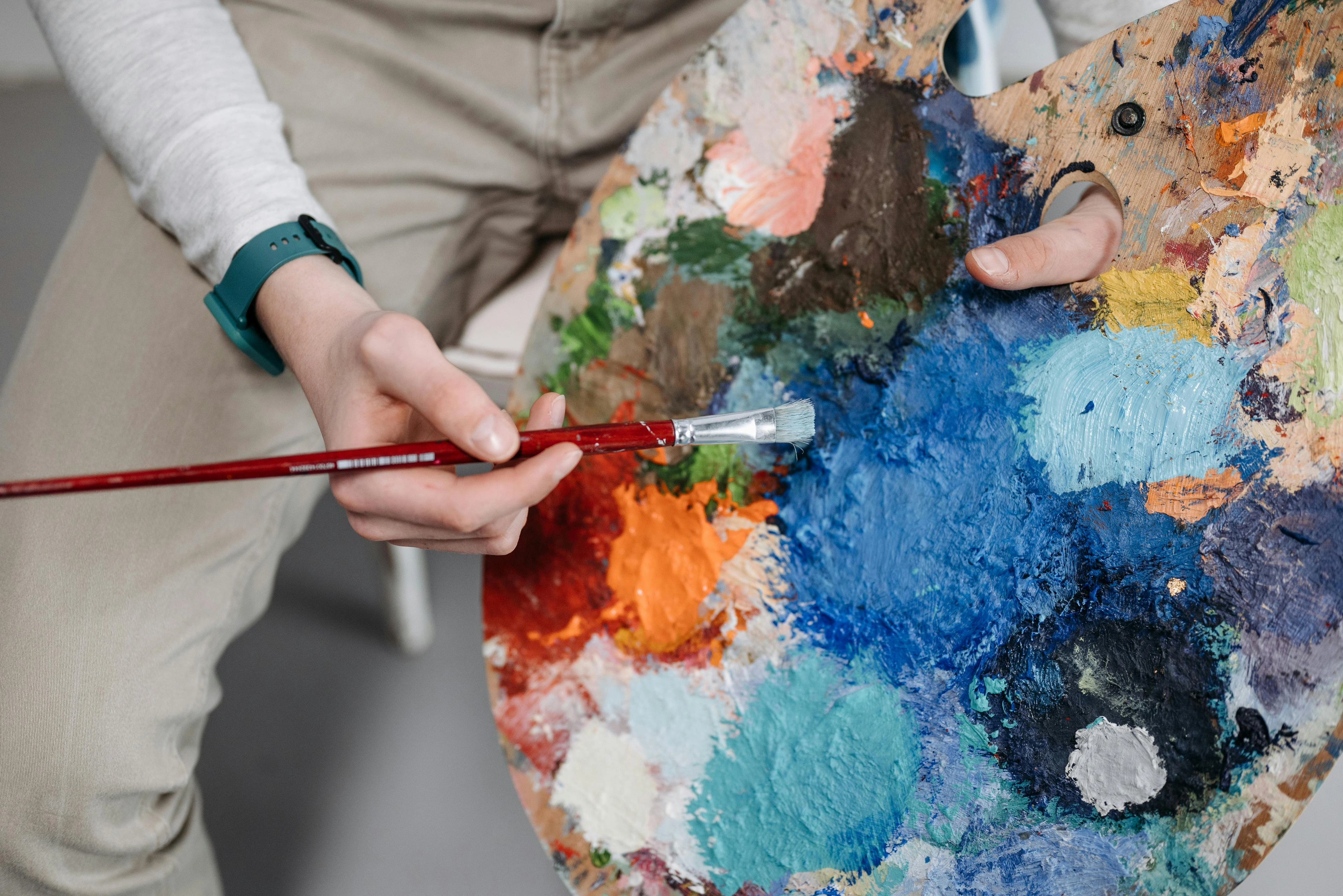
Diving into Gouache: My Essential Beginner's Kit & Why I Love It
Curious about gouache? I'll share my personal take on essential supplies for beginners, from paints to paper, and how to just start creating. It's easier than you think, truly!
Title
You know, sometimes I look at all the incredible art supplies out there, and I just get this overwhelming feeling. Like, where do you even start? If you're anything like me, the idea of picking up a new medium can be a bit daunting, right? Well, that's exactly how I felt about gouache for a while. It sat there, a bit mysterious, somewhere between watercolor and acrylic, whispering promises of opaque vibrancy. And then, I just jumped in. And oh, what a joy it has been!
This isn't going to be a lecture on the 'perfect' kit; honestly, perfection is overrated in art. This is more of a chat about what I've found genuinely useful, what saved me some headaches, and what I really think you need to kick off your own gouache journey. No fancy stuff, just the essentials, and my two cents on why they matter.
The Heart of the Matter: Gouache Paints Themselves
My first encounter with gouache was actually a bit confusing. Was it watercolor's bolder cousin? Or a matte acrylic? The truth is, it’s a beautiful blend. It’s a water-soluble paint, like watercolor, but it dries to an opaque, matte finish, giving you that lovely flat color, almost like screen prints. The secret, I've learned, is that it has a higher pigment load and often a white filler (like chalk) to give it that distinctive opacity.
When you’re starting out, please, for the love of creativity, don't feel like you need the most expensive artist-grade tubes. Student-grade gouache is perfectly fine to get a feel for the medium. The key difference usually lies in the pigment concentration and lightfastness, but for experimenting and learning, student sets are brilliant. I remember buying a huge set of student paints when I first started, and it taught me so much without breaking the bank.
You'll usually find gouache in tubes or sometimes in pans (like dry watercolor cakes). I lean towards tubes because it's easier to get a consistent amount of paint, and they re-wet beautifully if they dry on your palette. But pans are super portable, so if you're keen on something like plein-air painting, they might be a contender!
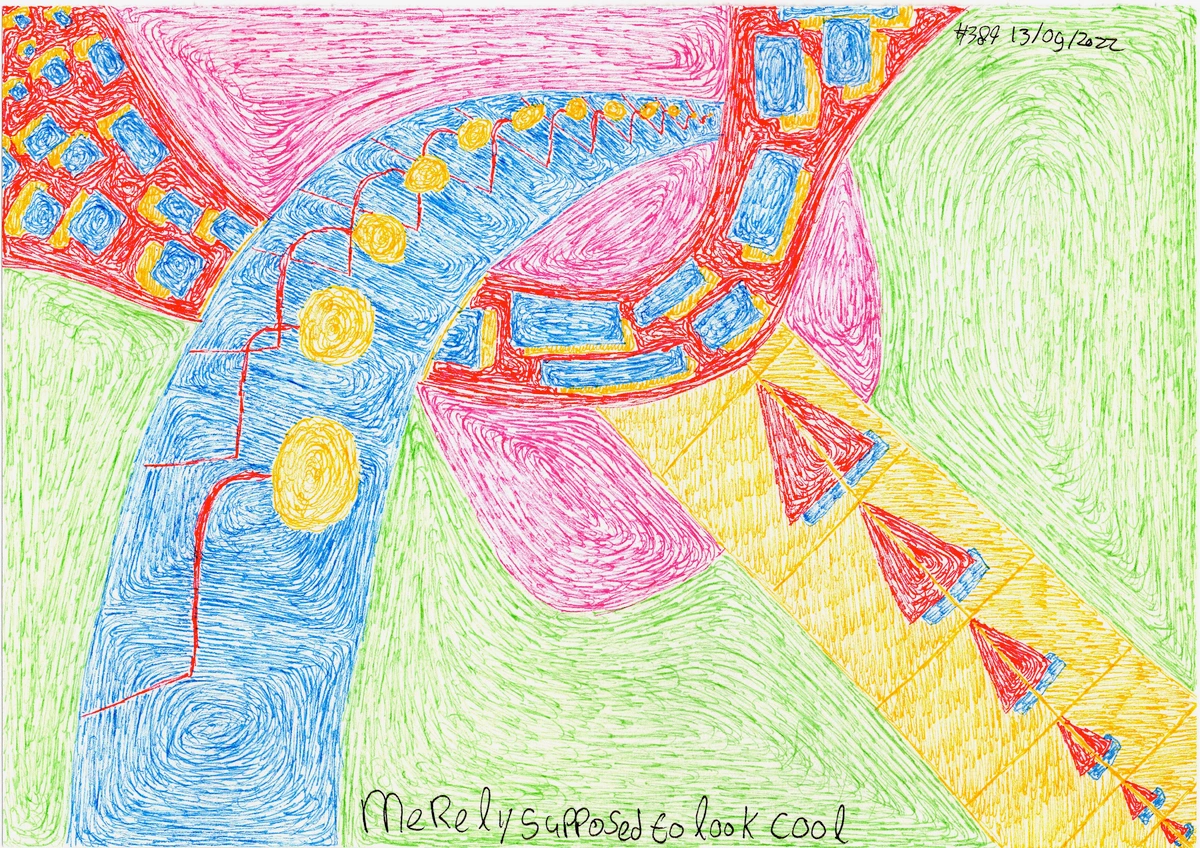
Brushing Up: Choosing Your Tools
Oh, brushes. I've accumulated so many over the years, some collecting dust, some worn down to nubs. But for gouache, you don't need a huge arsenal. Think versatility. Since gouache is water-based, many brushes you'd use for watercolor painting or even acrylic painting will work just fine.
I usually recommend starting with a few synthetic brushes. Why synthetic? They're durable, hold a good amount of water without getting floppy, and they clean up like a dream. Plus, they’re often more affordable than natural hair brushes. If you ask me, natural hair brushes tend to soak up too much water for gouache, making it harder to control the opacity.
What shapes? A good round brush (medium size, maybe a #6 or #8) is your workhorse for detail and general painting. A small flat brush (around 1/4 inch) is great for edges and blocking in areas. And a larger wash brush (1/2 inch or 1 inch) is perfect for covering bigger areas or laying down even backgrounds. That's really all you need to start.
And speaking of cleaning, please, please, please take care of your brushes! It's such a small habit that makes a huge difference in their lifespan. I actually wrote a whole article about cleaning and caring for your paint brushes because it's that important to me.
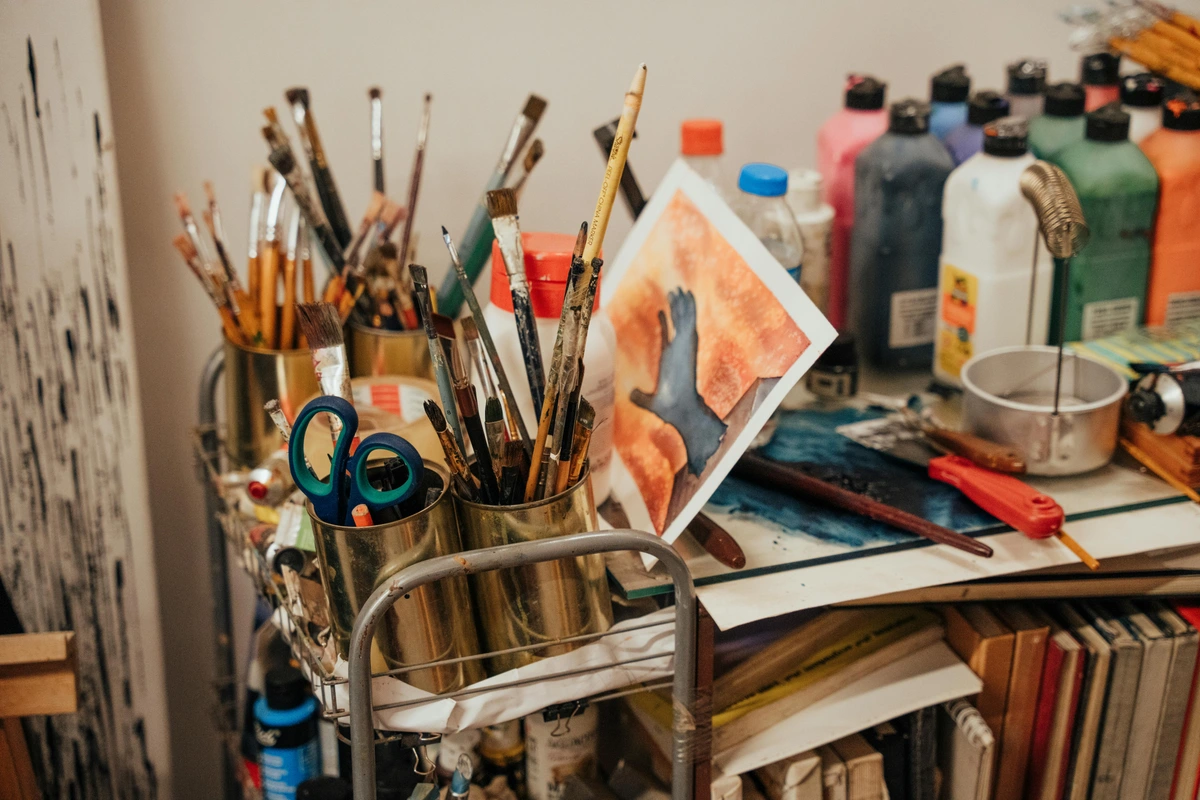
The Canvas of Your Creativity: Paper
Now, this is where many beginners trip up, and I totally get it. It seems simple, right? Just paper. But with gouache, the right paper makes a world of difference. Since it's water-based, thin, flimsy paper will buckle and warp like crazy, leading to a frustrating experience.
You want something robust, something that can handle a bit of moisture without complaining. My go-to is watercolor paper. Yes, the same stuff you'd use for watercolors! A good cold-press watercolor paper around 140 lb (300 gsm) is fantastic. It has enough tooth (texture) to grab the paint, and it's thick enough to minimize warping. I've found that cheap sketching paper just doesn't cut it, and it can really dampen your enthusiasm. If you're curious about different types, check out my thoughts on the best watercolor paper for artists review.
You can also use bristol board or even mixed-media paper, but always aim for something thicker than standard printer paper. Trust me, investing a little in decent paper saves so much frustration.
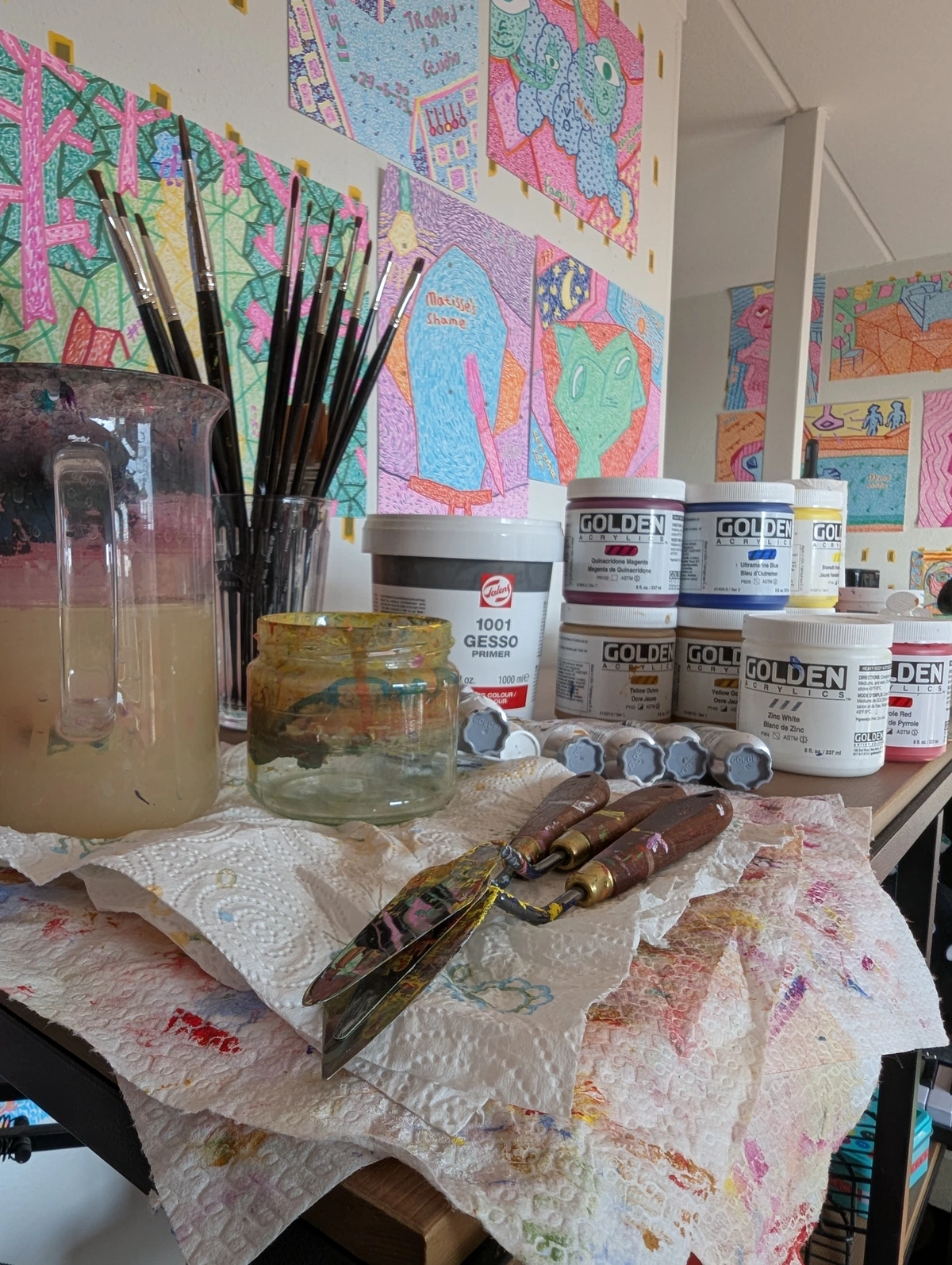
Essential Sidekicks: Palettes & Water
Okay, this section is going to be short, because frankly, you don't need anything fancy here. For a palette, anything non-absorbent will work. A ceramic plate, an old plastic lid, a dedicated ceramic watercolor palette – they're all great. I often just use an old ceramic dish that was collecting dust in my kitchen. The beauty of gouache is that it re-wets, so you can let it dry on your palette and reactivate it later.
For water containers, grab two. One for rinsing the bulk of the paint off your brush, and a second one for a cleaner rinse before dipping into a new color. Two old jam jars or plastic cups are perfect. No need for special art store containers, unless you really want them. My philosophy here is: less fuss, more painting.
Don't Forget the Details: A Few Extras
- Paper Towels or a Rag: Absolutely essential for dabbing brushes, cleaning up spills, and controlling the amount of water in your brush. I always have a roll next to me.
- Pencil and Eraser: For light sketching before you paint. A soft pencil (like a 2B) and a kneaded eraser are perfect because they won't leave harsh marks that show through the opaque gouache.
- Masking Tape (Optional but Handy): If you're using thinner paper or want crisp edges, taping your paper down to a board can prevent warping.
- A Solid Surface: Make sure you have a comfortable, flat surface to work on. I sometimes use a simple drawing board, or just my kitchen table, depending on my mood.
My Personal Gouache Philosophy: Just Start!
Look, I could go on about lightboxes and fancy brush rests, but honestly, the most essential "supply" is your willingness to experiment. My own artist journey has been filled with moments of overthinking, and then moments of just saying, "Screw it, let's paint!" Gouache is incredibly forgiving because you can paint opaque layers over mistakes. Don't let the fear of not having the 'right' thing stop you. The best way to learn is by doing.
And if you ever feel stuck, or need a little inspiration, remember there's a whole world of art out there. Sometimes, just looking at what other people have created, perhaps even the art for sale on this very site, can spark something within you. Or, if you happen to be in 's-Hertogenbosch, drop by my museum!
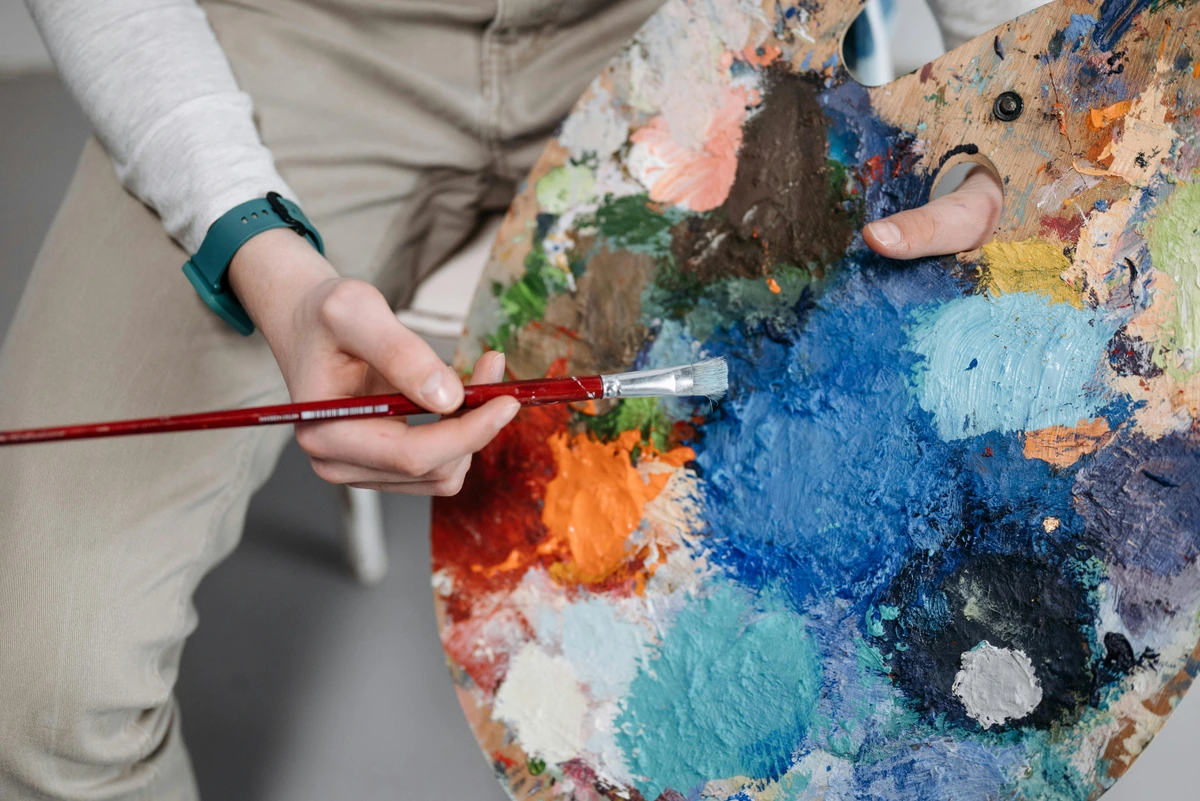
Frequently Asked Questions About Gouache Supplies
Q: Can I use my acrylic brushes for gouache? A: Absolutely! As long as they're clean, many synthetic acrylic brushes work wonderfully with gouache. Just make sure they're not too stiff, as gouache appreciates a bit of flexibility.
Q: Do I really need special paper for gouache? A: While you can technically paint on anything, using decent watercolor paper (140 lb/300 gsm or thicker) will significantly improve your experience by preventing buckling and allowing for smoother application and layering.
Q: How many colors do I need to start? A: Honestly, a basic set of 5-10 primary and secondary colors (like red, blue, yellow, black, white, green, brown) is more than enough. You'll learn a lot about color mixing this way, which is a fantastic skill to develop.
Q: Is expensive gouache paint worth it for beginners? A: Not necessarily. Student-grade gouache is perfect for learning the ropes. Once you understand the medium and develop your style, you can explore artist-grade paints for their higher pigment load and lightfastness.




